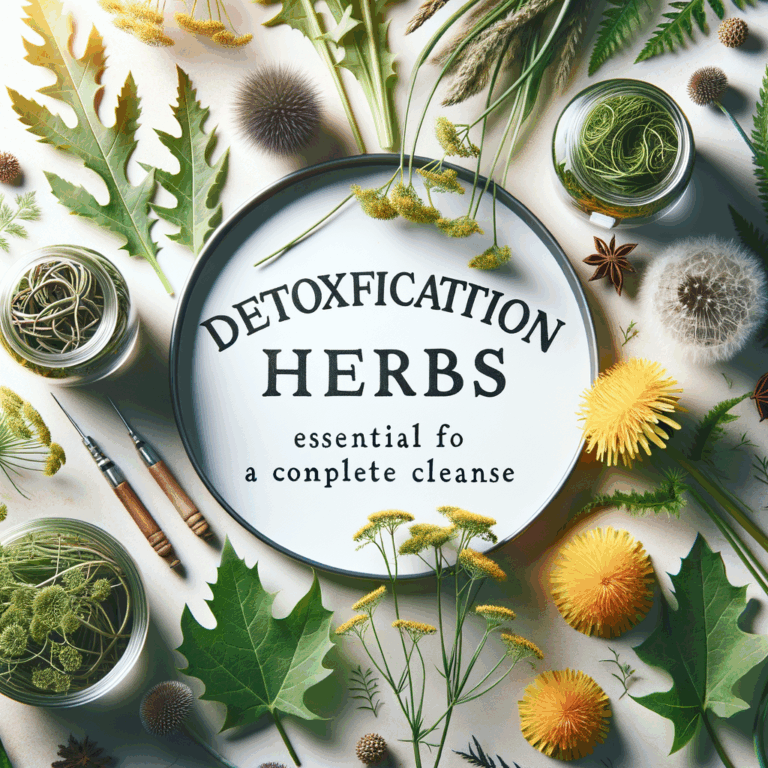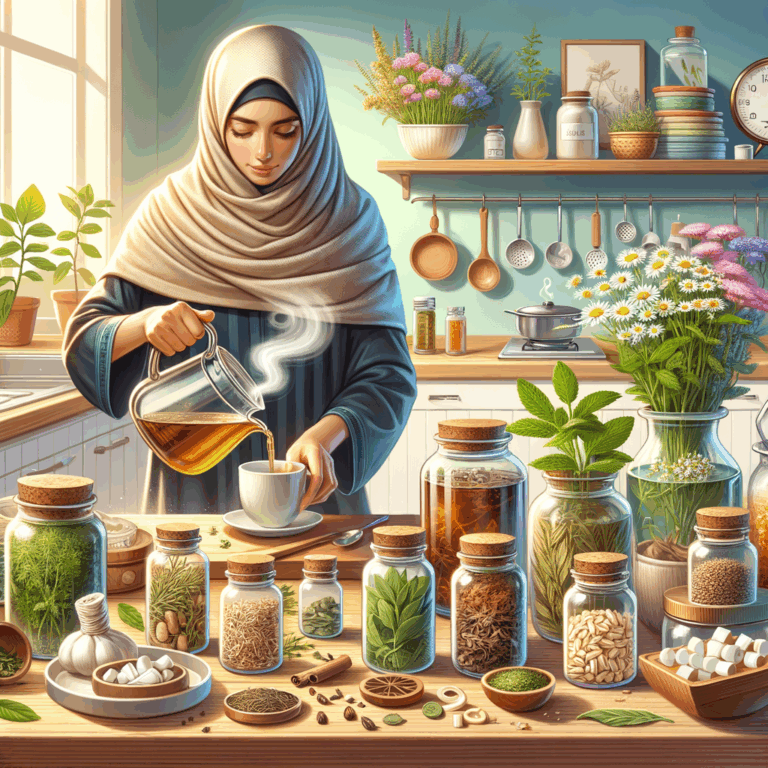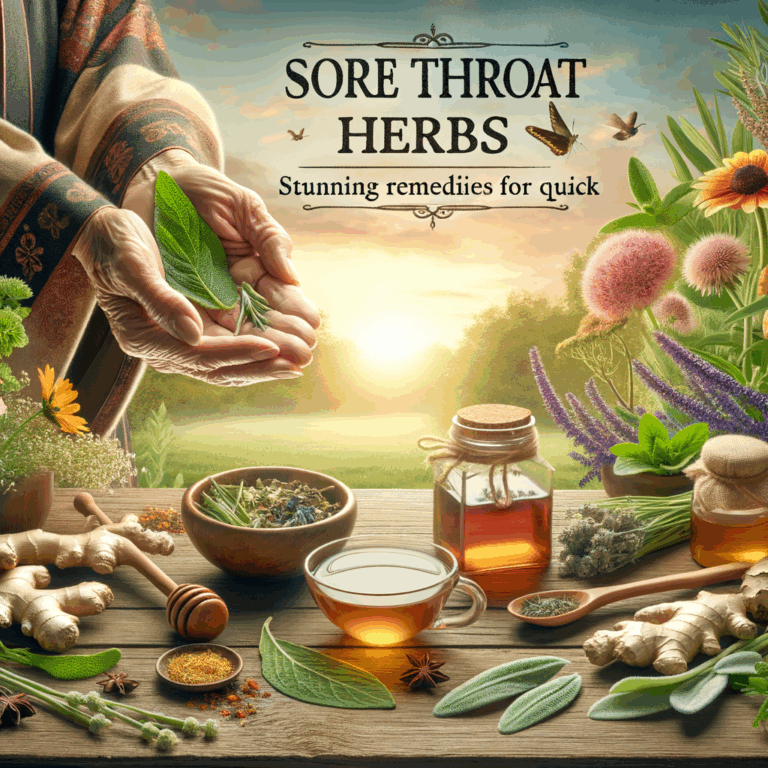
- Understanding PMS and Its Impact
- Popular Herbs for PMS Relief
- 1. Chaste Tree (Vitex Agnus-Castus)
- 2. Cranberry
- 3. Ginger
- Lifestyle Changes to Enhance Herbal Relief
- Diet Adjustments
- Exercise & Stress Management
- Herbal Teas for PMS Relief
- Calendula Tea
- Peppermint Tea
- Chamomile Tea
- Combining Herbal Remedies for Better Results
- Sample Weekly Herbal Plan
- When to Consult a Healthcare Provider
- Conclusion
- FAQs
- References
Understanding PMS and Its Impact
Herbal PMS relief serves as a beacon of hope for many women facing the monthly challenges of premenstrual syndrome (PMS). Up to 80% of menstruating women experience some form of PMS. Symptoms can range from mood swings to physical discomfort and fatigue. Understanding these symptoms is crucial for finding effective relief.
During the luteal phase of the menstrual cycle, hormonal fluctuations occur. These changes can take a toll on both emotional and physical health. If you recognize the struggle, know you’re not alone. Many women seek natural solutions to ease these symptoms without resorting to medications. Thankfully, numerous herbs can provide comfort during this time.
Popular Herbs for PMS Relief
1. Chaste Tree (Vitex Agnus-Castus)
Chaste Tree, known for its balancing effect on hormones, often tops the list of herbal PMS relief options. This herb modifies dopamine levels, which helps relieve mood swings. Additionally, it can reduce breast tenderness and other common symptoms.
The recommended dosage is usually between 20-40 mg of the standardized extract. However, it may take several cycles to experience the full benefits. Many women appreciate its gentle, long-term approach.
2. Cranberry
Cranberry doesn’t just support urinary health; it can also be beneficial during PMS. It combats inflammation and may ease bloating and discomfort. Plus, its antioxidants contribute to overall well-being.
Try incorporating cranberry juice, capsules, or even fresh cranberries into your diet. A daily intake can improve not just your PMS symptoms but also boost your immune system.
3. Ginger
Ginger is more than a spice; it’s a powerful herbal ally against PMS-related discomfort. Its anti-inflammatory properties may help with cramps. Furthermore, ginger can enhance digestive health, reducing bloating and nausea.
You can consume it fresh, brewed as tea, or in powdered form. Studies suggest that a daily intake of 1 gram can significantly relieve menstrual pain.
Lifestyle Changes to Enhance Herbal Relief
Diet Adjustments
Incorporating a balanced diet can significantly complement the effects of herbal supplements. Focus on whole foods rich in fiber, vitamins, and minerals. Leafy greens, whole grains, and fruits nourish your body and may reduce PMS symptoms.
Avoid excessive sugar, caffeine, and processed foods. These can exacerbate mood swings and bloating. Instead, opt for nuts, seeds, and healthy fats. They provide the energy your body needs while supporting hormone balance.
Exercise & Stress Management
Regular physical activity plays a key role in alleviating PMS symptoms. Aim for at least 30 minutes of moderate exercise most days. Activities like yoga, walking, or swimming can boost mood and reduce stress.
Moreover, managing stress is crucial. Practice mindfulness, meditation, or even simple breathing exercises. These techniques can help balance hormonal shifts and enhance your overall sense of well-being.
Herbal Teas for PMS Relief
Integrating herbal teas into your daily routine can be a delightful way to find relief. Several herbal teas are particularly effective for easing PMS symptoms.
Calendula Tea
Calendula is known for its anti-inflammatory properties. It can soothe irritability and cramping. Brew a cup of this tea and drink it up to three times daily for best results.
Peppermint Tea
Peppermint tea is refreshing and can ease digestive discomfort associated with PMS. The menthol content helps relax muscles and reduce cramping. Enjoy it hot or iced, whichever you prefer.
Chamomile Tea
Known for its calming effects, chamomile tea can help relieve anxiety and promote sleep. Drink a cup in the evening to unwind after a busy day.
Combining Herbal Remedies for Better Results
Incorporating multiple herbal remedies can enhance their individual effects. For example, a morning regimen of ginger tea can set a positive tone for the day. Midday, you might find chamomile beneficial for stress relief. Finally, consider taking Chaste Tree in the evening to balance hormones while you sleep.
Sample Weekly Herbal Plan
| Day | Morning | Afternoon | Evening |
|———–|———–|————-|————-|
| Monday | Ginger Tea| Cranberry Juice| Chaste Tree |
| Tuesday | Peppermint Tea| Water | Chamomile Tea|
| Wednesday | Calendula Tea| Snack (nuts/fruit)| Chaste Tree |
| Thursday | Ginger Tea| Cranberry Juice| Chamomile Tea|
| Friday | Peppermint Tea| Water | Chaste Tree |
| Saturday | Calendula Tea| Snack | Chamomile Tea|
| Sunday | Ginger Tea| Cranberry Juice| Chaste Tree |
This simple plan ensures a balanced intake of herbal remedies throughout the week. Adapting it as per your comfort can yield better results.
When to Consult a Healthcare Provider
While herbal remedies offer many benefits, it’s crucial to consult healthcare professionals when experiencing severe symptoms. Conditions like endometriosis or uterine fibroids might not respond to herbal treatments alone. Seeking professional advice ensures you receive the best care tailored to your needs.
Additionally, women who are pregnant, nursing, or on medication should consult a doctor before starting any herbal regimen. This step guarantees safety and minimizes the risk of adverse effects.
Conclusion
Herbal PMS relief provides a natural, effective way to ease the monthly struggles many women face. By embracing a holistic approach that includes diet, exercise, and herbal remedies, you can reclaim control over your cycle. Remember, every woman’s body is unique. What works for one may not work for another, so stay open to exploring different combinations until you find what suits you best.
If you incorporate these strategies and give herbal remedies a chance, you may enjoy your cycle rather than endure it.
FAQs
1. Can I combine multiple herbal remedies?
Yes, combining different herbs can enhance their individual effects. However, consult a healthcare provider for personalized advice.
2. How long does it take to see results from herbal remedies?
It can take a few cycles to notice significant changes. Patience is key.
3. Are there any side effects of herbal remedies?
Some people might experience side effects. Always monitor your body’s response and consult a professional as needed.
4. Is it safe to take herbal remedies with other medications?
Consult your doctor before combining herbal remedies with other medications to prevent interactions.
5. Are there specific dosages for each herb?
Dosages vary by herb and individual needs. Refer to product labels or consult a healthcare professional for guidance.
6. Can lifestyle choices affect PMS symptoms?
Absolutely. Diet, exercise, and stress management can significantly impact PMS symptoms.
7. Is ginger tea effective for all PMS symptoms?
Ginger tea helps with cramps and digestive issues but may not address emotional symptoms. Combining it with other remedies may offer holistic relief.
8. How often can I consume herbal teas?
You can safely drink herbal teas 2-3 times daily. Adjust based on your comfort and response.
9. Are herbal remedies a substitute for prescription medications?
While they can provide relief, they should not be viewed as a complete substitute for prescription medications.
10. Can diet alone alleviate PMS symptoms?
A balanced diet significantly helps but may not completely eliminate symptoms. Combining it with herbal remedies provides a comprehensive approach.
References
1. Mayo Clinic – PMS Overview
2. Healthline – Natural Remedies for PMS
3. WebMD – Herbs & Supplements for PMS
4. NIH – Chaste Tree Effects
5. Examine.com – Ginger for Menstrual Pain
This guide has provided various avenues toward herbal PMS relief. Adopting these methods can turn a difficult time into a manageable one.



